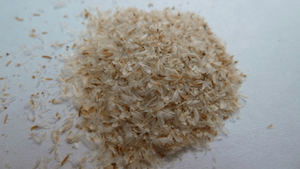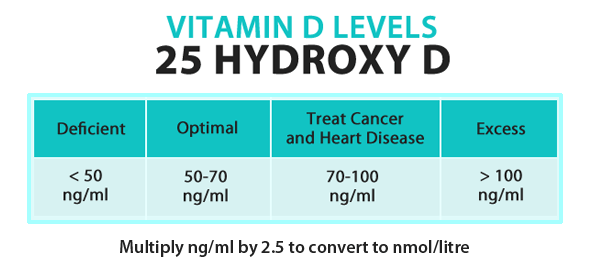The Science of Junk Food and How to Break the Cycle
Posted by Maria Rodale
by Isaac Eliaz, MD, LAc, integrative medicine pioneer
Overindulgence usually starts small: a potato chip, a dab of ranch dip. You fill out the plate with raw carrots and cherry tomatoes, but that chip tasted so good. Pretty soon you have another, and then another. Later, you may feel anxious about it, wondering, Where’s my willpower? Why couldn’t I just walk away?
If it’s any consolation, it may not be entirely your fault. New research is illuminating how junk food works on our bodies, creating an addiction comparable to cocaine. We don’t overindulge in processed foods because we’re weak; we do it because our neurological system demands it.
The Cycle of Addiction
Food addictions are nothing new. We sometimes joke about being a “chocoholic” or having a “Big Mac attack.” However, it’s only recently that science has confirmed what we already suspected: Certain foods can create a vicious cycle of dependence.
Part of the problem is the way we metabolize processed foods. These all-too-common grocery items are hardly even foods anymore; they’ve been so “dumbed down” with overprocessing. Our bodies absorb their ingredients much more rapidly than, say, a whole grain. As a result, our blood sugar spikes, only to then plummet rapidly. That quick high, not dissimilar to what happens when people abuse alcohol or drugs, generates a craving for more.
To make matters worse, over time, people become desensitized to these spikes. One study using MRIs to measure brain activity confirmed that too much junk food inhibits the brain’s rewards center. Just as alcoholics need more liquor to get drunk, “junkaholics” constantly need more junk food to achieve their “high.”
Other research, published in the journal Nature Neuroscience, found rats that ate processed snacks ignored healthy foods and became binge eaters. Even more disturbing, their brain patterns resembled those of cocaine abusers.
No wonder we want more chips.
How to End the Cycle
What’s the best way to stop the cycle of addiction? First, don’t get started. Granted, that’s a lot easier said than done. However, thinking strategically about food can put us in a better position to succeed.
For example, shop mindfully. If it’s difficult to resist processed foods, don’t stock your pantry with them. Rather, seek out healthy snacks, such as fruit, vegetables, nuts, and dishes containing lean protein, healthy omega-3 fats, and extra fiber. Consider these healthy food items as part of an intervention to help you break the cycle of addiction.
Research suggests that our willpower can be measured and quantified throughout the day. Studies show that willpower and self-control are strongest in the earlier part of the day and weakest toward the end of the day. Try to fill up on healthy foods early so that it’s easier to stave off late-night cravings.
Natural Supplements that Help Stop Cravings
Another way to protect ourselves is to supplement wisely. There are a number of natural formulas that help reduce cravings and support healthy blood sugar levels. Look for supplements with American ginseng, medicinal mushrooms, alginates, chromium, alpha lipoic acid, or other natural ingredients that are shown to help to balance glucose, reduce inflammation, and control cravings. Also, it’s critical to drink plenty of filtered water throughout the day because dehydration can spike cravings for sugar and junk food dramatically.
The best news is that good food choices—like bad ones—are self-sustaining. When we eat mindfully and healthfully, we get better nutrition, control blood sugar spikes, and reap countless other benefits. As a result, we feel great and start to crave the nutrient-dense foods that will keep us energized throughout the day. With time, healthy foods and the abundance of good feelings they can generate create their own special rewards: vibrancy, long-term health, and vitality on every level.



 The average skin cancer risk from
The average skin cancer risk from 

